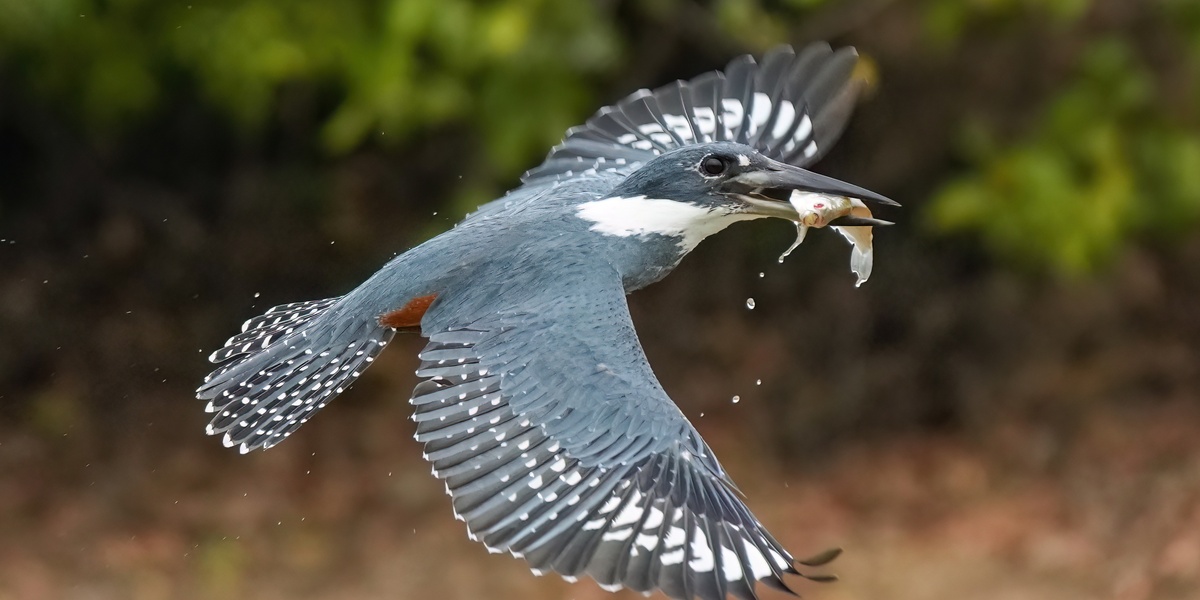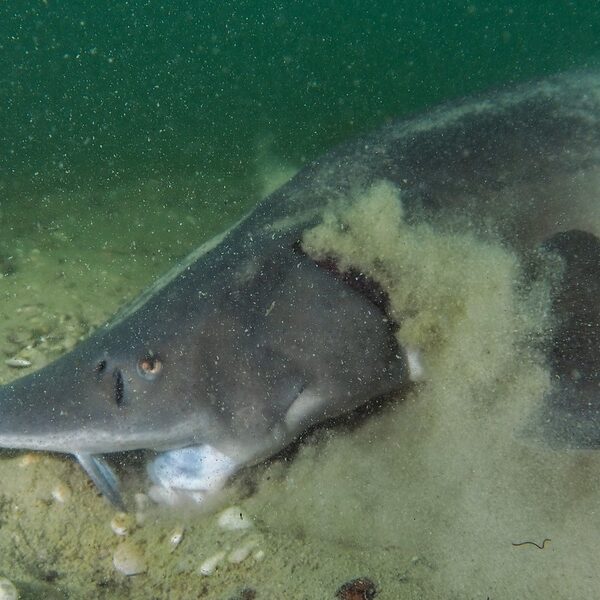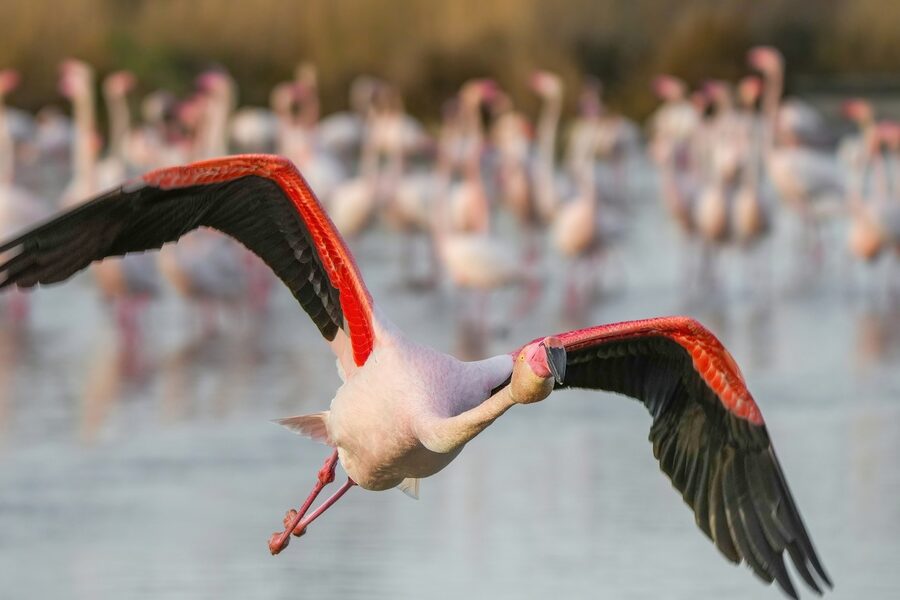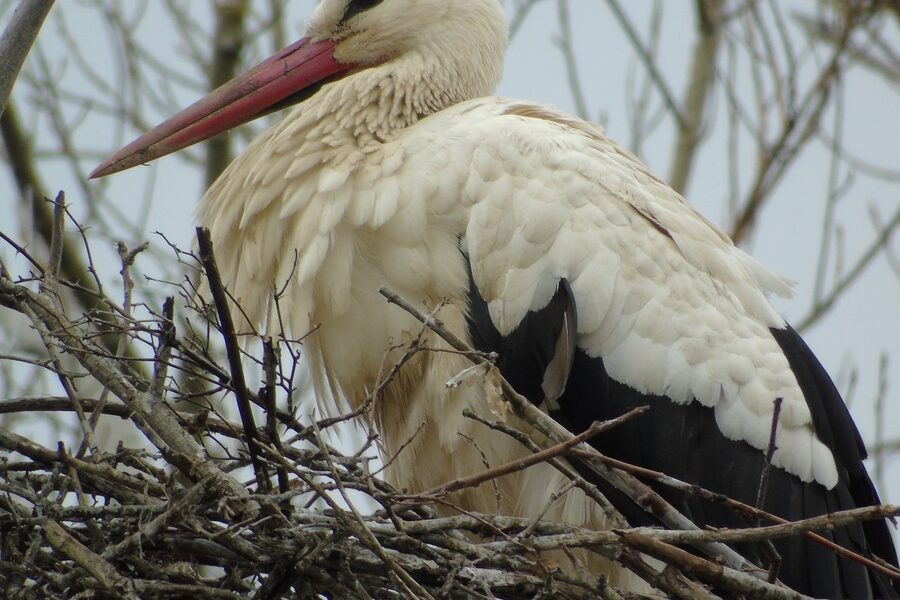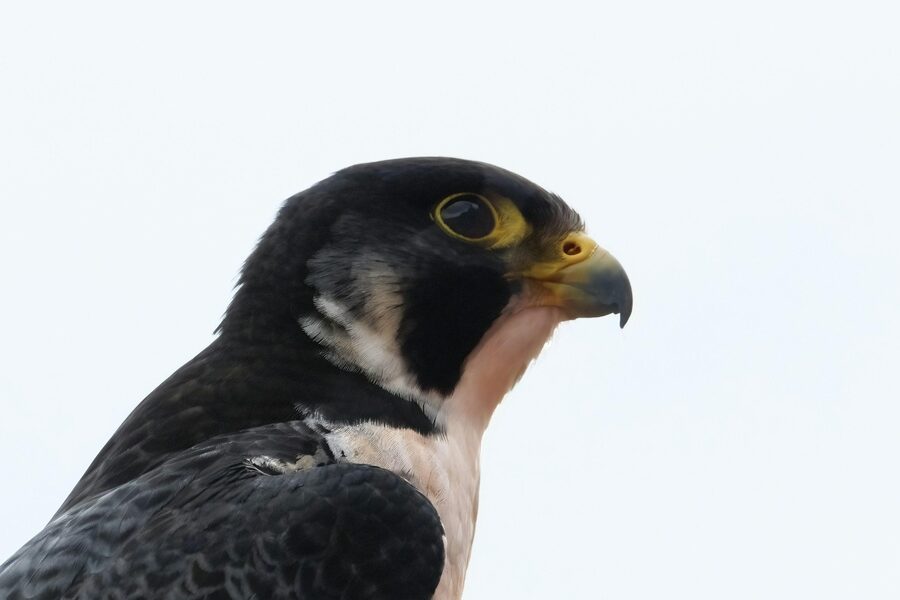In 1867 naturalist John Gould published one of the first illustrated plates showing the jewel-like plumage and peculiar hunting posture of kingfishers, and those images helped launch public fascination with these birds.
Kingfishers illustrate how evolution shapes form and function and they play visible roles in freshwater and coastal ecosystems. About 115 species are recognized worldwide (BirdLife International), so readers can spot variation everywhere from tropical rivers to urban streams. This article profiles 10 characteristics of a kingfisher and explains how striking color, precise hunting adaptations and varied behaviors make this family so specialized and recognizable.
Anatomy and Physical Adaptations
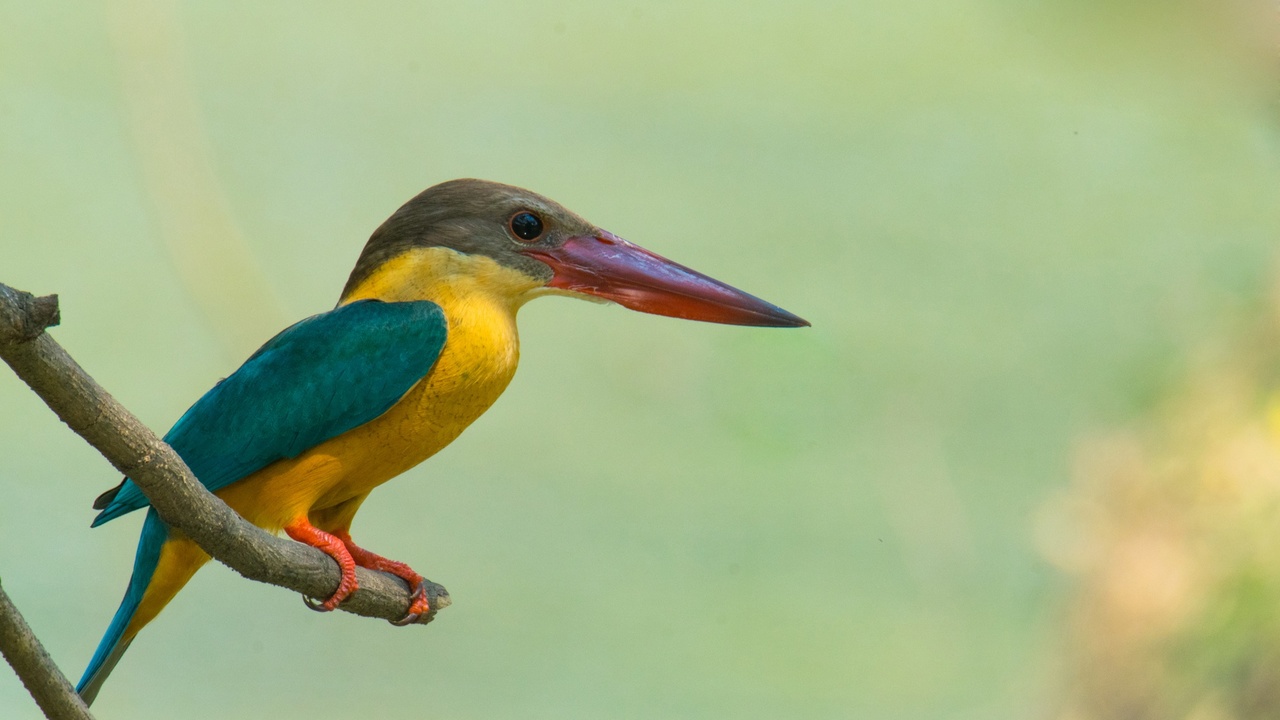
Anatomy underpins everything kingfishers do. A compact body, a long pointed bill, structural feather coloration and acute vision form a toolkit for hunting from perches or hovering above water. The next four points unpack those adaptations and show how morphology matches lifestyle across species.
1. Streamlined body and compact wings for rapid dives
Kingfishers have compact, streamlined bodies and relatively short, rounded wings that favor fast wingbeats and tight maneuvering. Across the family body length ranges from about 10 cm in small forest species to 45 cm in the largest forms, with the common kingfisher (Alcedo atthis) measuring roughly 16–17 cm.
These proportions reduce drag during a perch-to-plunge attack and help birds enter water with minimal splash, increasing the chance of a successful catch. Larger species such as the giant kingfisher (Megaceryle maxima) show the same basic plan but trade some agility for power.
2. Long, pointed bill specialized for catching prey
The bill is the kingfisher’s primary tool: straight, chisel-like and often as long as the head or a significant fraction of the body. In fish-eating species the bill length and profile cut through the water during plunges, reducing resistance and protecting the eye on impact.
Bill shape matches diet. Belted kingfishers (Megaceryle alcyon) have robust bills for grasping fish and crustaceans, while some forest insectivores have shorter bills better suited to snatching large insects. Ornithologists often note the bill as a clear example of form matching function.
3. Bright, iridescent plumage for signaling and camouflage
Many kingfishers display brilliant blues, greens and chestnut tones produced largely by feather microstructure rather than pigments. Microscopic platelets in feather barbs scatter light to create iridescent blues that shift with viewing angle.
Color serves several functions: attraction of mates, species recognition and countershading that can make a bird less visible from above. The common kingfisher’s electric blue back contrasts with its orange belly, while some forest species are more cryptic. Remember the family-wide diversity: roughly 115 species show a wide palette of tones (BirdLife International).
4. Acute binocular vision and rapid target tracking
Kingfishers have forward-facing eyes that give strong binocular overlap for depth perception, a must when judging plunge distance to a fish below the surface. They lock onto targets with quick head tilts and very fast visual tracking.
Research and field observations report hunting success rates that vary by species and habitat, with many dives yielding catches at rates often cited in the 25–40% range per attempt. Several species can compensate for light refraction at the water surface, adjusting aim before the strike—an ability of interest to engineers studying visual tracking.
Behavior, Diet and Life History
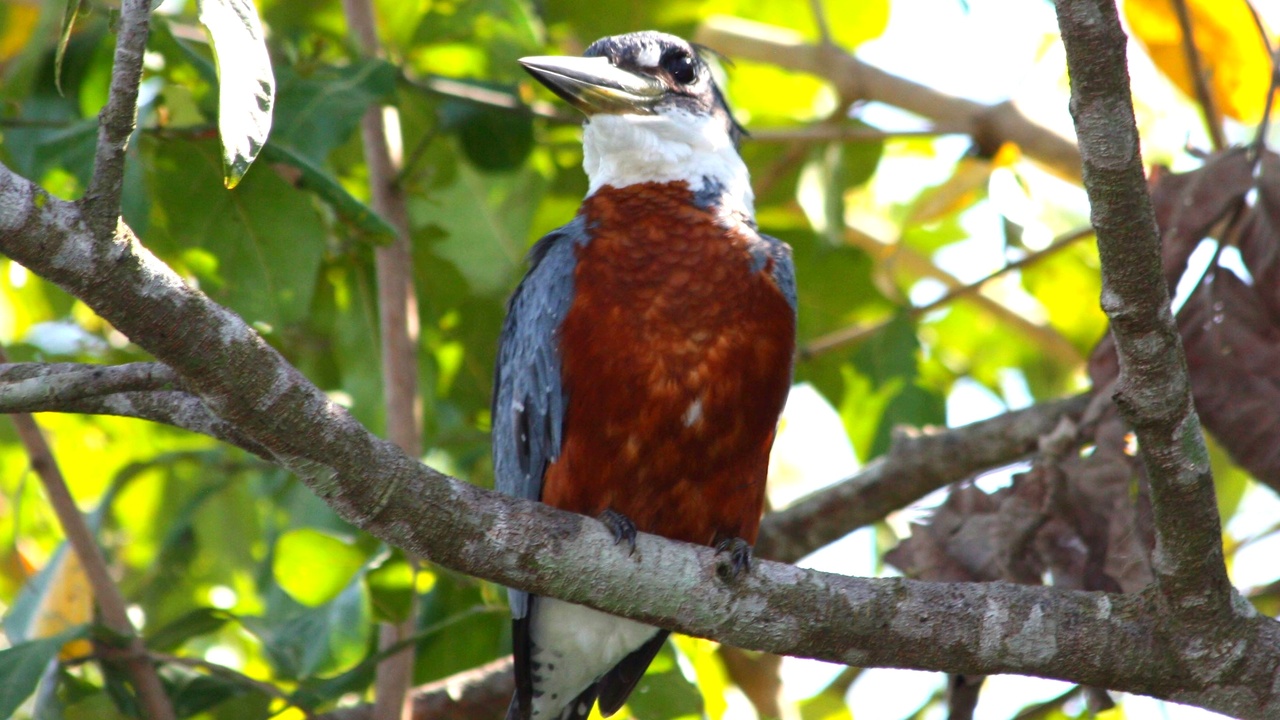
Behavior links anatomy to survival. Hunting techniques range from perch-based surveillance to hovering; diets include fish, crustaceans and insects; and nesting choices—burrows or cavities—shape reproductive strategies. The next three points cover hunting, nesting and communication.
5. Specialist hunting: plunge-diving and perch stalking
Many kingfishers hunt by watching from a low perch, then plunging feet-first into water to seize prey. Some species, like the pied kingfisher, hover over a patch before diving, while forest species may glean insects from foliage.
Technique varies with diet and habitat. Perch-based surveillance conserves energy and allows precise timing; hovering is energetically costly but gives a mobile visual platform. Anglers and birdwatchers often recognize kingfishers by these signature behaviors.
6. Cavity and burrow nesting with precise parental investment
Many species tunnel burrows into riverbanks or use tree cavities for nests. Tunnel lengths commonly fall in the 30–100 cm range, with some species excavating passages up to about 1 m to reach a nest chamber.
Clutch sizes are typically 3–7 eggs, with incubation and fledging periods varying by species. Both parents often feed chicks, delivering frequent small fish or invertebrates until young leave the burrow. Bank placement and depth help protect chicks from predators and flooding—for example, belted kingfisher nest burrows along North American streams.
7. Territorial calls and visual displays for communication
Vocalizations and displays are central to territory defense and mate choice. Many species use harsh rattles, rapid chattering calls or repeated single notes to announce ownership of a stretch of river or shoreline.
Visual signals include crest-raising, wing flicks and aerial displays that reduce costly fights. The belted kingfisher’s rattling call is characteristic across open-water habitats, while tree kingfishers may flash crests and bright plumage during courtship.
Ecological Role and Conservation
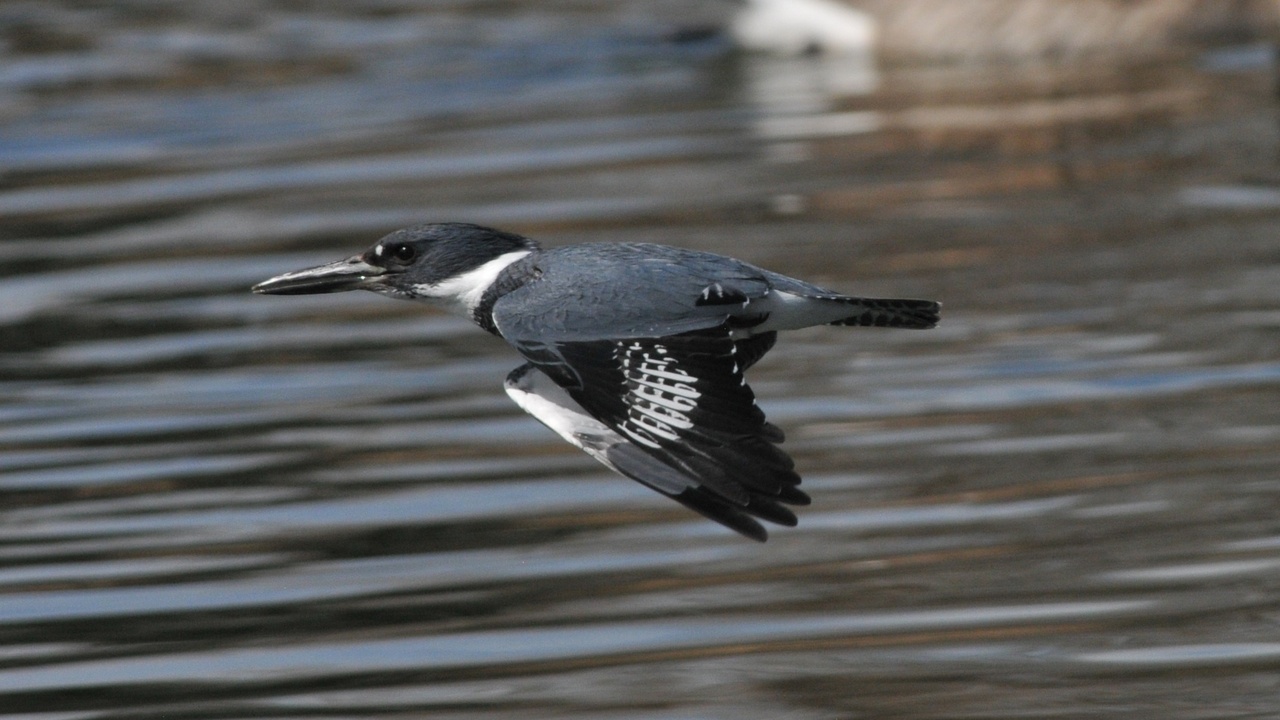
Kingfishers function as mid-level predators in aquatic food webs and are sensitive to changes in water quality, bank stability and prey abundance. The following three points describe how their ecology links to conservation concerns and community actions.
8. Indicator species for healthy freshwater habitats
Because many kingfishers require clear water and abundant small fish or invertebrates, their presence often signals healthy aquatic systems. Several monitoring programs use kingfisher counts as a quick check on river or wetland condition.
For example, regional surveys in parts of Europe have found correlations between kingfisher abundance and local fish stocks, making them useful for citizen-science river monitoring (BirdLife International; regional studies). Simple presence/absence data can help managers detect declines in prey or water quality.
9. Vulnerability to habitat change, pollution and human disturbance
Many species are sensitive to bank loss, pollution and reduced prey. Documented threats include river channelization, bank stabilization that removes nesting sites, pesticide contamination of aquatic food chains, and disturbance from recreation and development.
IUCN assessments and BirdLife species accounts list several species with declining trends where habitat loss or water-quality issues are severe. Restoring riparian buffers, reducing runoff, and preserving nesting banks are practical actions that benefit both kingfishers and people.
10. Positive human interactions: ecotourism, monitoring, and cultural value
Kingfishers are charismatic and easy to show to the public, making them valuable for ecotourism and environmental education. Wetland reserves often advertise reliable kingfisher sightings, which can boost local guide income and visitor engagement.
Community monitoring programs—using platforms such as eBird or local counts—have produced useful data on distribution and seasonal use of rivers and estuaries. Conservation groups have also built artificial nest banks and restored riparian vegetation with measurable local gains. Cultural ties appear in folklore and regional emblems, strengthening public support for protection (BirdLife partners and local NGOs).
Summary
- Kingfisher anatomy—streamlined bodies, long bills, iridescent feathers and binocular eyes—matches a hunting lifestyle centered on precise, often plunge-diving strikes.
- Behavioral traits include perch stalking, hovering in some species, burrow and cavity nesting with clutch sizes of about 3–7 eggs, and clear parental investment by both adults.
- As mid-level predators many kingfishers serve as indicator species for freshwater health; presence often reflects clear water and healthy prey populations (BirdLife International, IUCN).
- Threats are largely human-driven—bank loss, pollution and disturbance—but practical fixes such as riparian restoration, nest-bank installation and citizen science monitoring have produced local successes.
Support your local riparian restoration group or join a bird-monitoring project to help protect kingfishers and the waterways they depend on.
